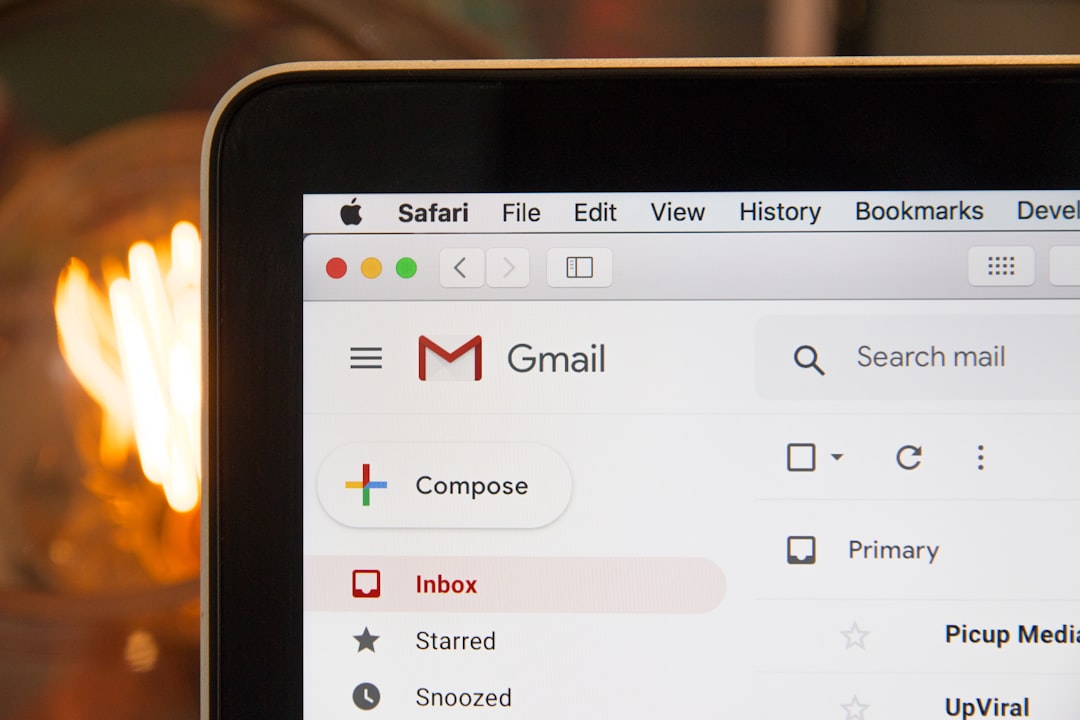YTRankBoost – Rank Your YouTube Videos Higher with Backlinks
Are you struggling to get your YouTube videos noticed in the crowded online space? Look no further than YTRankBoost! Our powerful automation tool can help skyrocket your videos to the top positions of search engines with thousands of backlinks and embeds. And the best part? YTRankBoost is incredibly easy to use. Just paste in your video URL and watch as your rankings soar, bringing more viewers to your content. Don’t get left behind in the competitive world of online video. Try YTRankBoost today and see the results for yourself!
Table of Contents
- Introduction
- Benefits of Video SEO for Website Visibility
- Optimizing YouTube Videos for YouTube’s Search and Recommendation Algorithms
- Enhancing User Engagement with Embedded Videos
- Maximizing Organic Traffic through Video Embeds
- Utilizing YouTube Channel SEO for Increased Viewer Retention
- Conclusion
- Frequently Asked Questions
Introduction
Welcome to the exciting world of video content! In this digital age where attention spans are shorter than ever, videos have become a powerful tool for capturing and retaining audience engagement. But did you know that embedding videos in your content can offer even more surprising benefits than just keeping viewers entertained?
From increased website traffic to improved SEO rankings, the impact of integrating videos into your online presence goes far beyond mere visual appeal. In this article, we will explore some of the unexpected advantages of incorporating videos into your marketing strategy and how it can elevate your brand’s online presence.

Benefits of Video SEO for Website Visibility
Embedding videos on your website can provide numerous benefits for improving visibility and engagement:
1. Enhanced User Experience: Videos can make your website more visually appealing and engaging, leading to longer user sessions and decreased bounce rates.
2. Improved SEO: Including videos on your website can boost your search engine rankings, as search engines like Google often prioritize websites with multimedia content.
3. Increased Traffic: Videos have the potential to attract more visitors to your website, as they are more likely to be shared on social media platforms and other websites.
4. Higher Conversion Rates: Videos can help convey information more effectively and persuade visitors to take action, leading to higher conversion rates.
5. Brand Awareness: Engaging videos can help create a strong brand identity and increase brand recognition among your target audience.
Optimizing YouTube Videos for YouTube’s Search and Recommendation Algorithms
Optimizing YouTube videos is essential for improving visibility and engagement on the platform. YouTube’s search and recommendation algorithms play a crucial role in determining the success of a video. To enhance the chances of your video being discovered, it is important to optimize the video title, description, and tags with relevant keywords.
Creating high-quality, engaging content that resonates with your target audience is key to improving watch time and user engagement metrics. These metrics are used by YouTube’s algorithms to recommend videos to users based on their interests and viewing history.
Engaging with your audience through comments, likes, and shares can also positively impact your video’s performance. Encouraging viewers to subscribe to your channel and turn on notifications can help build a loyal following. Additionally, regularly analyzing the performance of your videos through YouTube Analytics can provide valuable insights for future optimization strategies. By understanding and leveraging YouTube’s search and recommendation algorithms, content creators can maximize the reach and impact of their videos on the platform.
Enhancing User Engagement with Embedded Videos
Embedding videos in your content can significantly enhance user engagement in various ways.
Firstly, videos are visually appealing and can capture the audience’s attention more effectively than plain text. They provide a dynamic element to your content, making it more interactive and interesting.
Secondly, videos can improve the retention of information as visual content is easier for the brain to process and remember compared to text. This can lead to a better understanding of the message you are trying to convey.
Furthermore, embedded videos can increase the time users spend on your website. When users watch a video, they are more likely to stay longer on your site, reducing bounce rates and indicating higher engagement.
Overall, embedding videos can create a richer user experience, increase dwell time on your site, and ultimately lead to higher conversion rates and better SEO performance.
Maximizing Organic Traffic through Video Embeds
Embedding videos in your content can be a powerful strategy to maximize organic traffic to your website. Videos are highly engaging and can capture the attention of your audience more effectively than text alone. By embedding videos related to your content, you can provide additional value to your readers and keep them on your site longer, reducing bounce rates. This increased dwell time can signal to search engines that your content is valuable and relevant, potentially boosting your organic search rankings.
Additionally, videos can improve the overall user experience on your website, making it more interactive and visually appealing. A well-produced video can convey information more succinctly and creatively than text, resulting in better retention of the message. With the rise of video content consumption on various platforms, embedding videos in your articles can also attract a wider audience and increase social sharing, further enhancing your online visibility and driving more organic traffic to your site.
Utilizing YouTube Channel SEO for Increased Viewer Retention
Utilizing YouTube Channel SEO techniques is crucial for increasing viewer retention and engagement with your video content. By optimizing your video titles, descriptions, tags, and thumbnails with relevant keywords, you can improve your video’s visibility in search results and attract a larger audience. Additionally, creating compelling and informative video content that resonates with your target viewers will help keep them engaged and watching for longer durations.
Furthermore, utilizing YouTube’s features such as playlists, end screens, and cards can encourage viewers to watch more of your content, ultimately increasing viewer retention. Engaging with your audience through comments and community posts can also foster a sense of community around your channel, leading to higher viewer retention and returning viewers.
Overall, implementing effective YouTube Channel SEO strategies can not only boost your video’s performance in search results but also enhance viewer retention and engagement, helping you grow your audience and build a loyal following.
Conclusion
Maximize your YouTube video reach and boost your online presence now with YTRankBoost! Embed your videos on hundreds of websites and web 2.0 properties effortlessly. Don’t miss out on this opportunity to enhance your visibility and engagement. Purchase YTRankBoost today and take your YouTube channel to new heights!
















